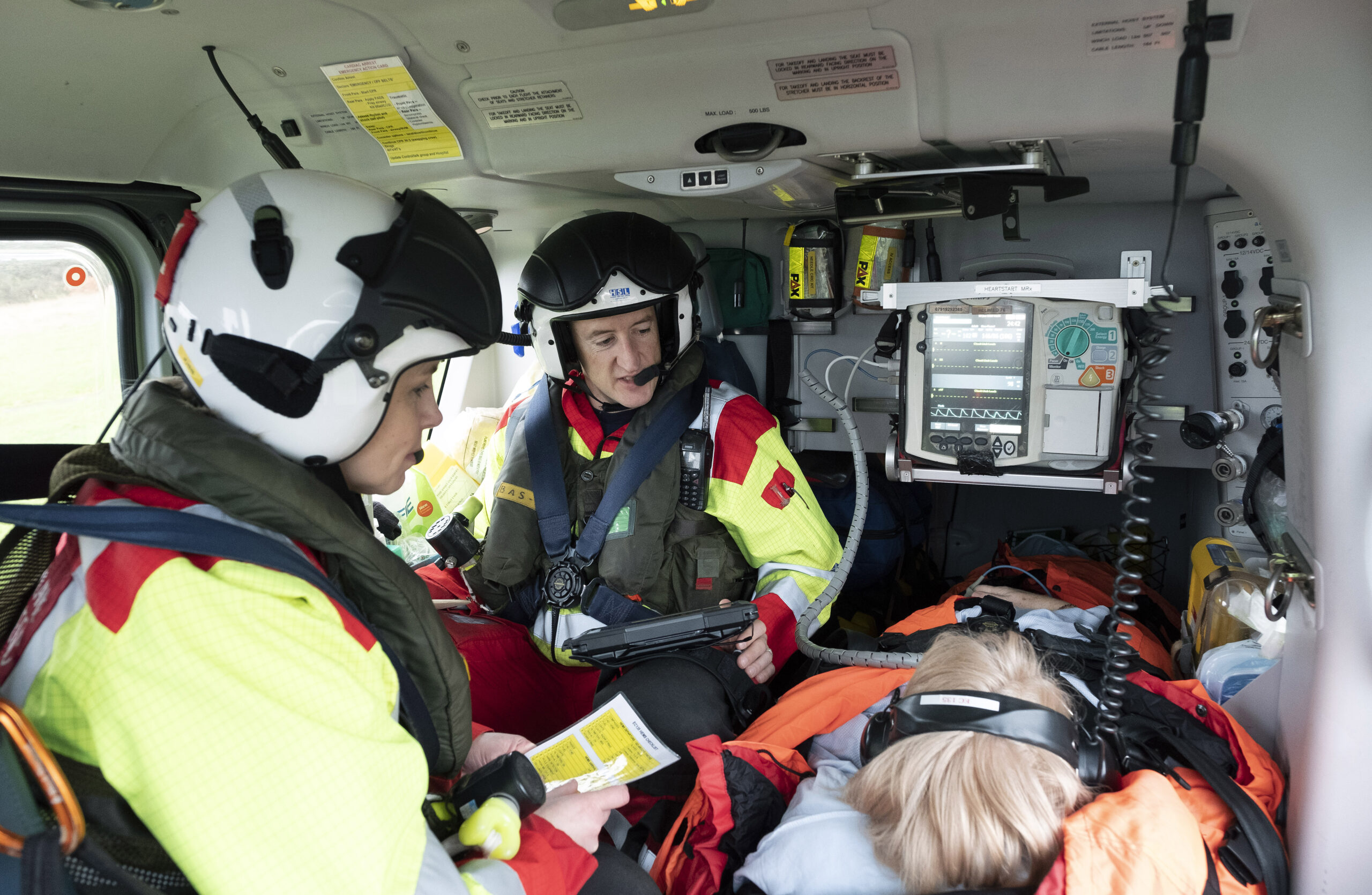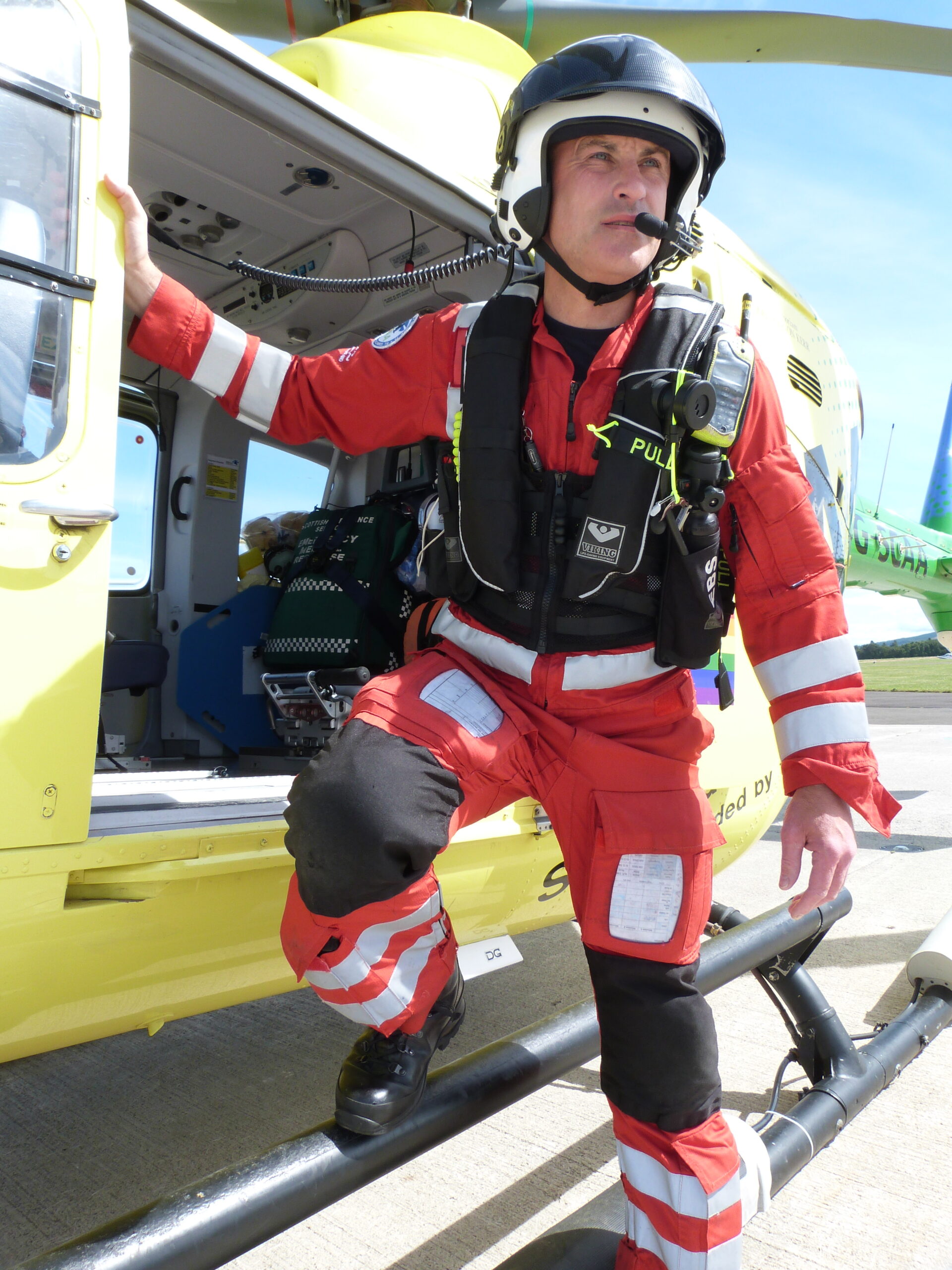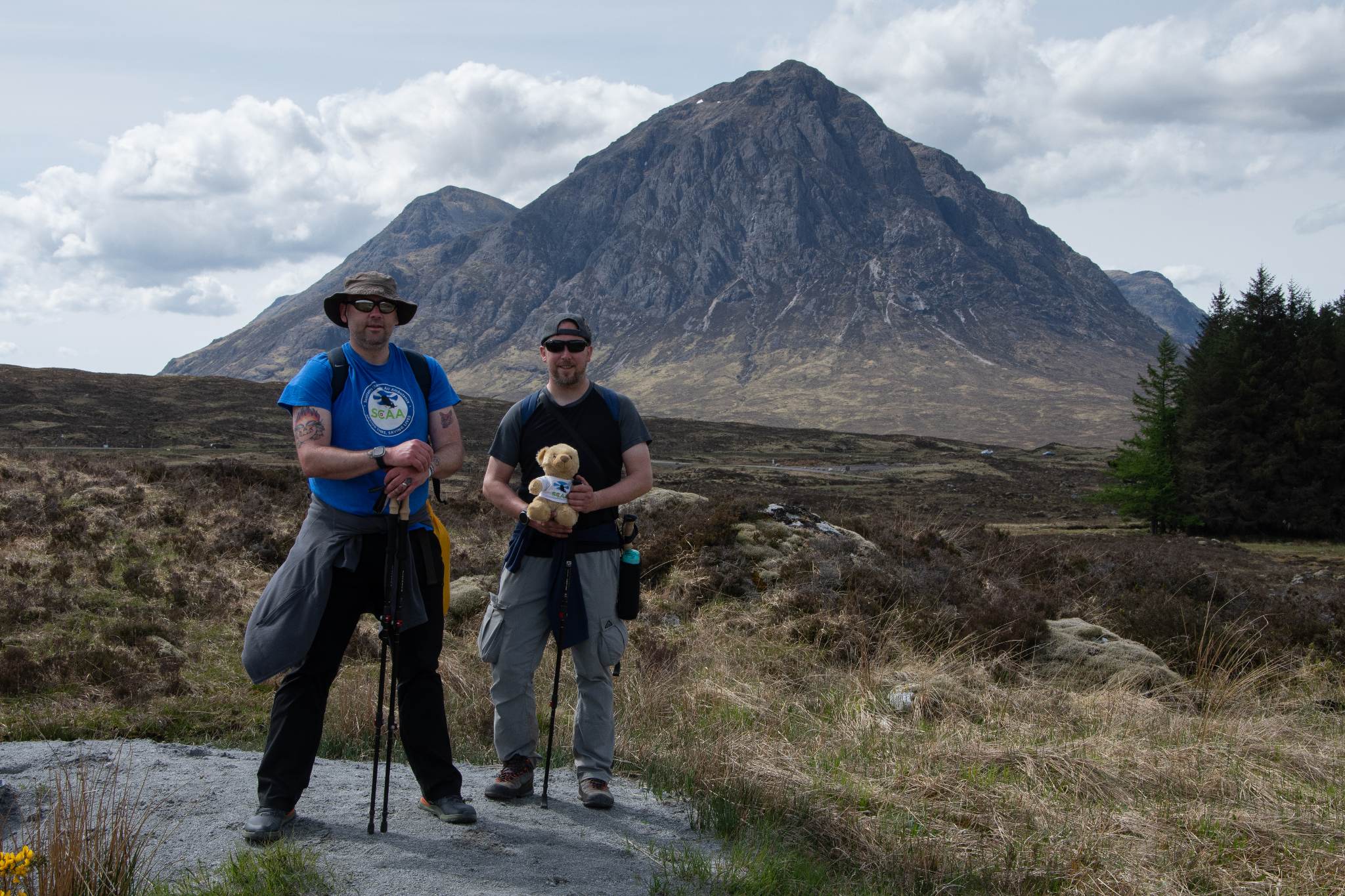As Scotland’s Charity Air Ambulance marks its 10 year anniversary on May 22, we take a look at what it’s like to work with the life-saving service and how far it has come in the last decade.
From its first emergency response in May 2013 to now undertaking some of the UK’s most demanding rescue missions, Scotland’s Charity Air Ambulance has become a vital cog in Scotland’s life-saving capabilities.
Since the charity’s launch ten years ago, crews have flown more than 80,000 nautical miles to help remote and rural communities in every corner of the country and responded to nearly 5,000 call outs.
Operating out of two air bases at Perth and Aberdeen airports, the charity covers a vast 30,000 square miles of Scotland.
‘Everyone in Scotland should take time on this 10th anniversary to acknowledge the significant amount of time and dedicated effort that was involved in the incredible achievement of setting up SCAA’, said SCAA CEO David Craig.
‘In our first decade, we have saved and improved thousands of lives and it’s important to thank everyone who has been with us during those 10 years and acknowledge all those who have helped us reach this milestone – be they crew, staff, volunteers, trustees, sponsors, donors or supporters.’
The charity began at Perth airport, where its HQ remains, with a Bolkow 105 DBS helicopter.
In 2020 a second air base was launched out of Aberdeen airport, and now both operate with an EC 135 helicopter air ambulance and a BMW X5 Rapid Response Vehicle.
SCAA is funded entirely by public donation and has raised more than £50 million in the last ten years, which goes towards the £7 million needed every year to keep the service running.
There are currently less than 20 full time employees, with 12 paramedics seconded from the Scottish Ambulance Service, and four pilots, leased along with the helicopters from Babcock.
It also relies on the help of more than 160 volunteers nationwide.

Scotland’s Charity Air Ambulance Helimed 76 paramedics Rich Garside and Wendy Jubb pictured with the patient. Picture by Graeme Hart
‘We are now looking at finalising the next five-year strategy to consider what might be appropriate’, said David.
‘We want to do more and provide the best possible service that is both financially viable and sustainable.
‘SCAA has recorded rapid growth in 10 years and – very pleasingly – we have sustained our vital service which now costs around £7 million annually.
‘If we want to enhance and develop the service we have to be sure we can sustain it at the same levels.
‘We have never reduced our commitment or reduced our service at any stage, maintaining it 100% through the recent challenging years.
‘We may look to do more in the future but only after careful modelling that won’t put charity or operations at risk.
‘Any development would need sustainable funding – absolutely not appropriate if we couldn’t forecast sustainability.
‘That is the approach we have always taken over the last eight years that I have been involved.
‘I remember speaking to early donors and supporters who had perhaps heard of someone who had been helped by SCAA – now people say they know someone who has been helped by the charity.
‘So many people see or hear or read about what we do and connect with the charity.
‘SCAA is one of the highest-profile charities in Scotland.
‘There are larger charities that have been going for 40 or 60 years – we’ve only been here for 10 years, operating from a standing start with one smaller helicopter and a team of six people.’
Paramedic John Pritchard shares what it’s like working with SCAA

John Pritchard
Faced with Scotland’s challenging terrain, extreme weather conditions and long flight distances SCAA’s crews have undertaken some of the most demanding rescue missions.
But paramedic John Pritchard said there is no greater job satisfaction than pulling together to save a life.
Clinical paramedic team leader John, from Crieff, has been seconded to SCAA since before its launch, and remains at Helimed 76 based at Perth.
John helped set up the operational base in 2013 and has been with the charity every step of the way.
‘Where SCAA is today is like night and day compared to the operation we had in 2013’, said John.
‘We were still a fairly unknown charity, proving itself in the field and gradually building up public support and funding.
‘Upgrades right across the charity and advances in technology, clinical practices and equipment have resulted in a rapid-response, life-saving service light years ahead of our 2013 operation – all made possible by the growing awareness and support of the Scottish public.
‘We now have two more advanced helicopters at bases in Perth and Aberdeen, extended hours, more paramedics and a workload that sees us respond to nearly 1,000 call outs each year.
‘Working with the charity air ambulance is amazing.
‘From young school children baking cakes to people doing skydiving challenges, all raising vital funds to keep SCAA flying.
‘I think best of all is when we see patients who SCAA has been involved with come back and visit the crew.
‘This is usually very humbling as we always think of each patient after we have handed them over to the hospital staff, wondering how they will recover after their injury or illness.’
And from snow-capped mountains to beautiful islands, John said he has enjoyed getting a bird’s eye view of Scotland along the way.
‘The most enjoyable part of the job is touching down in so many areas across Scotland, working with different emergency and voluntary services’, he said.
‘We always have a good camaraderie with all our colleagues and the team always feel privileged to be involved in the care of our patients.
‘There is no greater job satisfaction than to all pull together to save a life or improve conditions and suffering for those most in need.’
‘There are so many beautiful sights that we see as we fly across Scotland and its ever-changing vista with the seasons.
‘From snow capped mountains in the winter to the beautiful blue shimmering seas surrounding the islands.
‘It’s really too hard to pick one favourite location.’
The charity will mark its landmark anniversary throughout 2023.
Fundraising expedition
Brothers Michael and Tom Hanratty are raising money for SCAA this month, after Tom’s daughter Keira was saved by the charity’s crew following a car crash near Fort William in 2017.
After the head-on collision, Keira had to be extricated from the car and airlifted to Raigmore Hospital in Inverness.
She had breaks in both her arms, multiple lacerations, including a serious cut to her face and head, a compression fracture in her spine, a bruised heart, and internal injuries resulting in the loss of around 20cm of her bowel.
Keira underwent more than six hours of emergency surgery but was eventually airlifted to the Sick Kids Hospital in Edinburgh where she spent more than two weeks being treated.
The expedition will see Michael and Tom walk and kayak more than 260 miles from their former primary school in Musselburgh to the Carnegie Whisky Cellars in Dornoch.

Brothers Michael and Tom Hanratty are raising money for SCAA
They hope to finish on May 22 – the tenth anniversary of SCAA – and raise £35,000, which works out as an emergency call out for every day of the trip.
So far they have raised nearly £14,000.
To donate visit – https://www.justgiving.com/fundraising/thebrothershighroad
To learn more about SCAA and how you can help save a life, please visit www.scaa.org.uk
TAGS

